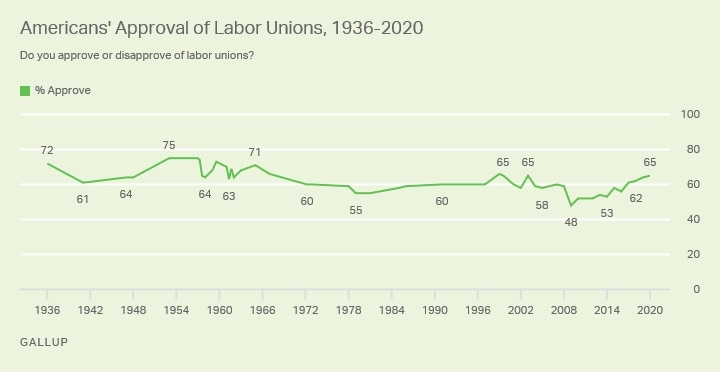August 25 – This morning the National Labor Relations Board (NLRB) took another giant leap in further restricting an employer’s right to respond to union organizing.
In their decision in Cemex Construction Materials Pacific, LLC., the board has announced their intention to return to rules applied under a case from the1940’s (Joy Silk Mills Inc., 1949).
In a nutshell, in Cemex, the Board lays out a new framework for determining when employers are required to bargain with unions, a framework the Board intends to apply retroactively:
- “Under the new framework, when a union requests recognition on the basis that a majority of employees in an appropriate bargaining unit have designated the union as their representative (through signed authorization cards), an employer must either recognize and bargain with the union or promptly file an RM petition seeking an election.”
- “However, if an employer who seeks an election commits any unfair labor practice that would require setting aside the election, the petition [for election] will be dismissed, and—rather than re-running the election—the Board will order the employer to recognize and bargain with the union.”
The Cemex decision is consistent with the position this Board has taken since General Counsel Jennifer Abruzzo took over as policy-maker at the agency.
Under her direction, the NLRB’s posture has undergone a tectonic shift – from neutral arbiter of disputes between unions and management, to an agency that is squarely and unabashedly in the corner of organized labor (promoting union membership).
Mark Mix of The National Right to Work Foundation, which represents workers who oppose unionization, said “the card-check process revived by Friday’s ruling is prone to abuse and lacks the protections of secret ballot elections.” He went on to say, “the decision gives a blank check to unions to force workers into their ranks.”
We agree!
Stay tuned for more information and in-depth analysis of this and other developments at the NLRB.

